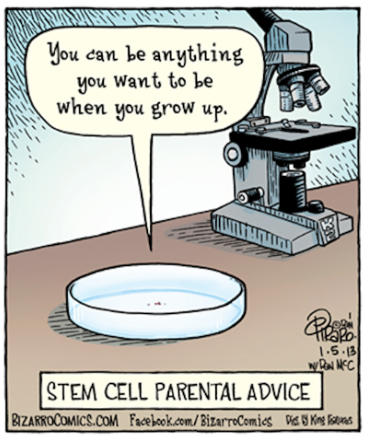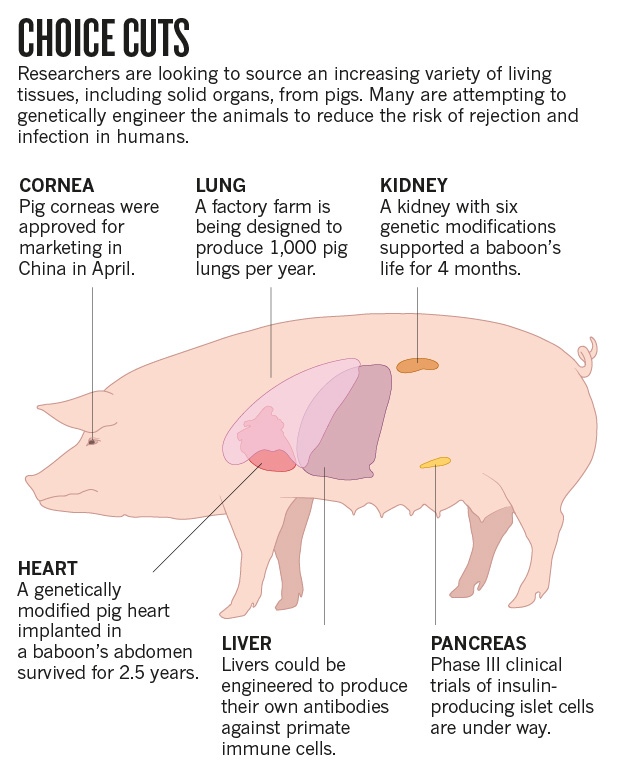If we take a look back at 2016 to find the biggest scientific achievements and think about the the challenges that life scienctists are facing we find that one of the most interesting and developing areas is tissue engineering for growing artificial organs in the lab. It’s not surprising that searching for possible ways for decreasing organ shortage is an emerging field among scientists. With the increasing number of births and the increase in life expectancy it is evident that more and more people will need medical care during their lifetime. As we have written in our last blogpost, 33596 transplantations were performed in the US in 2016 only and now, in 2017 February 118503 people are on a waiting list for a life saving transplant.
Nowadays, most solid organ transplantations are cadaveric or living donor transplantations but there is an expectation towards scientists to come up with alternative techniques for providing replacement organs.
While was researching this topic I found that it is very important to differentiate between the different techniques that emerged during the last few years for producing replacement organs. Even though the names of these techniques may sound like something straight out of a science fiction movie, the truth is that none of them are fiction anymore.
Currently, replacement organs that are neither cadaveric nor from a living donor, fall into four categories. Replacement organs can be:
- Grown in vivo from stem cells – direct growth of the organs and structures from stem cells. This technique either uses the self assembling abilities of the cells or provides a scaffold for them to support the growth of the organ.
- Decellularization – use the scaffold of an organ
- Grown in a genetically modified animal (xenotransplantation).
- 3D printed organs – currently flat structures, bladder, cartilage, skin and vessels be be printed.
Let’s take a closer but rather short look at the different techniques! Our aim is to give a glimpse of these wonderful techniques – we will expand with details in our upcoming posts.
Working from stem cells
The big advantage of working with stem cells is that with the proper conditions are set it is possible to manipulate the differentiation of the cells. If we dig into this topic even deeper, we can see that a lot of „firsts” have been described. The first lab grown minibrain, minikidney, nerve and even hamburger meat (yes) were all “born” in the last couple of years.The key elements of this technique are the following: sufficient supportive biomaterial that allows stem cell growth, different growth factors for guiding differentiation and a homeostatic environment. See the list of 11 organs that can be grown from stem cells.

Credit: BizzarroComics.com
Decellularisation
Decellularisation is a tissue engineering technique that uses the extracellular matrix of a human organ as the scaffold for an artificial replacement organ. After the different chemical, enzymatic and physical treatments, the extracellular matrix allows the progenitor and stem cells to differentiate within the scaffold. The produced organ or tissue can possibly be transplanted into a patient. Successful animal trials are already underway.
Xenotransplantation
Xenotransplantation is a technique in which an animal organ, grown during the life of the animal is transplanted into a human. After the first attempts to perform animal-to-human transplantations, at the beginning of the 2000’s the research and practice of xenotransplantation began to slow, but thanks to improved immunosuppressive therapies and gene-editing techniques like CRISPR/Cas9, things are starting to move again. Scientists primarily aim to transplant the organs of pigs into humans due to the similar of size and shape human organs share with pigs. With the help of gene-editing techniques it is possible to modify the pig-genes that would cause rejection in the human body. Where is this technique right now? Well, some of the researchers are expecting human trials with solid organs, like kidneys from genetically modified pigs within the next few years.

Credits: Nature.com
3D printing
3D printing in itself sounds like magic. It is used to build various plastic structures already and scientists are working hard to adopt the same technique to build solid organs. Flat structures, like skin or vessels have already been successfully constructed with 3D printing. The basic fundamentals of 3D printing can be easily applied in this case is. After a biopsy is taken from the patient, the cells are maintained in oxygen-rich medium. This is the “brick” of the printer. After the cells are ready, they are printed onto the surface of a biomaterial to build the structure layer by layer. The structure needs suitable circumstances and growth factors to be ready, but 3D printed skin is already used in routine to treat patients with burn wounds.
Wrapping this up, there is only one important question left: When will the number of more than 118 000 patients waiting for the transplant be zero? I am sure there are years to pass until that, but scientists and researchers are doing their best each and every day to speed up this procedure. Using and developing replacement, even lab-grown organs are no longer in the imagination of fiction.
Written by Fruzsina Félegyházi (FAS)





